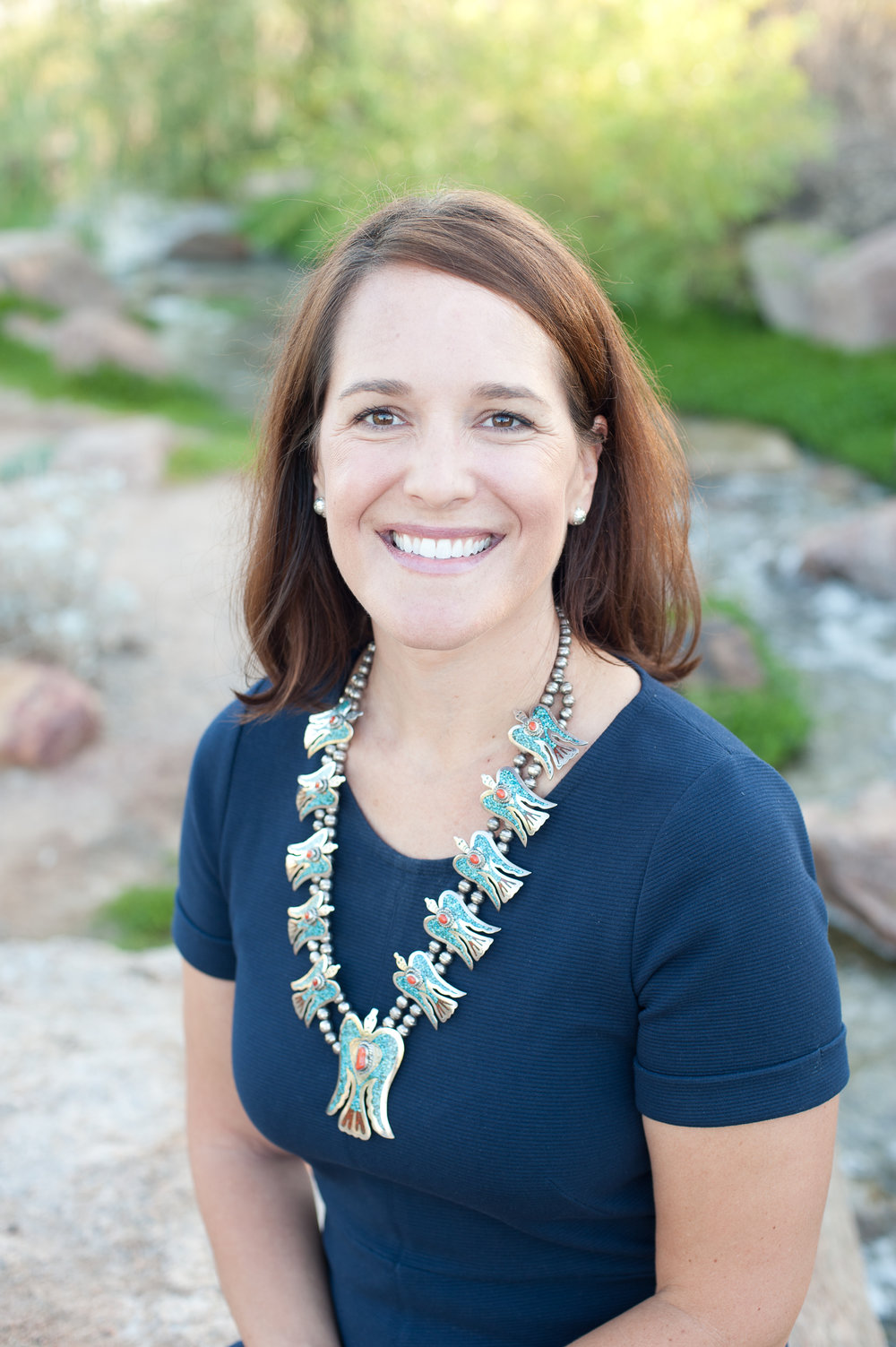The National Highway Traffic Safety Administration tracks injuries and deaths from motor vehicle crashes in the US through its Fatality and Injury Reporting System Tool and provides access to the data for policymakers at the local and state level. The data provides info for policymakers to analyze trends, identify high-risk areas, and develop strategies to enhance road safety.
Arizona stands out in NHTSA’s most recent data update and not in a good way.
According to recent data, Arizona ranks 2nd in the US in pedestrian and bicyclist deaths at 4.6 per 100,000 persons (in 2022), second only to Louisiana. This alarming statistic underscores the necessity for interventions and enhanced safety measures to better protect pedestrians and cyclists with improvements in the built environment (mostly at the city level). Part of why AZ ranks so poorly in pedestrian deaths is due to the driving behavior of Arizonans – which is the 5th worst in the country (as measured by a constellation of injury and death criteria). Not sure what interventions are there though.
Another concern in the most recent NHTSA data is Interstate 17 between Phoenix & Flag. I-17 was identified as the 9th deadliest stretch of highway in the US… highlighting the critical need for improvements along I-17 to reduce traffic-related fatalities and make it safer for all road users. Fortunately, ADOT is in the middle of a multi-year process to improve safety and congestion on I-17 (see ADOT’s I-17 Project Area Website).
More info, summary data available at States With the Best & Worst Drivers
& NHTSA’s: Fatality and Injury Reporting System Tool






